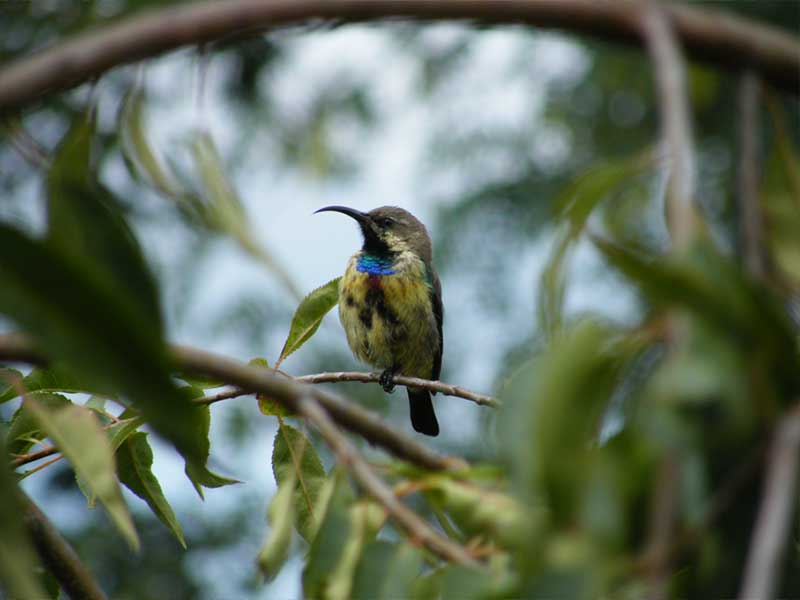Networks & Associates
The development of partnerships both internally and externally, within the biosphere reserve is pivotal.
A partnership is an arrangement where parties agree to cooperate to advance their mutual interests. Partners are more than stakeholders in that they share benefits, risks and responsibilities and may be so positioned that they can perform activities that a BR cannot, or that they are better positioned to undertake.
Partnerships can be established at different levels and can have different footprints. The essential partnerships within the Biosphere Reserve Programme are between the functional entities of the Programme,
- at the highest level between UNESCO and the DEFF (Department of Environment, Forestry and Fisheries)
- at a national level between the DEFF and the BRs,
- at a provincial level between the provincial and national government and the BR, and
- at the BR level between municipalities, the BR, and other stakeholders, such as communities and private sector partners.
An additional layer of collaboration is between the DEFF, the South African BRs and the other African BRs through AfriMAB, where collaboration focuses in particular on sharing information and joint learning. Partnerships between the DEFF and other national and provincial government departments and between the BRs and national, provincial and local government departments, non-governmental organisations (NGOs), local communities and private landowners, are critical for the functioning of the BRs.
Developing partnerships within these constraints requires prioritisation in relation to the requirements of the BR concerned. Partnerships are critical to the functioning and objectives of the BRs, as is the coordinating role of the DEFF. Furthermore, partnerships are essential for the Biosphere Reserve Programme to be seen as a useful implementing or demonstration agent and for it to contribute to commitments under the various international agreements and national strategies and policies.
Partnerships and collaboration should be integrated interdisciplinary activities and may have both horizontal (between departments) and vertical (across organisational levels) linkages. Often successful partnerships can be created around mutual and tangible benefits, such as projects or particular activities.
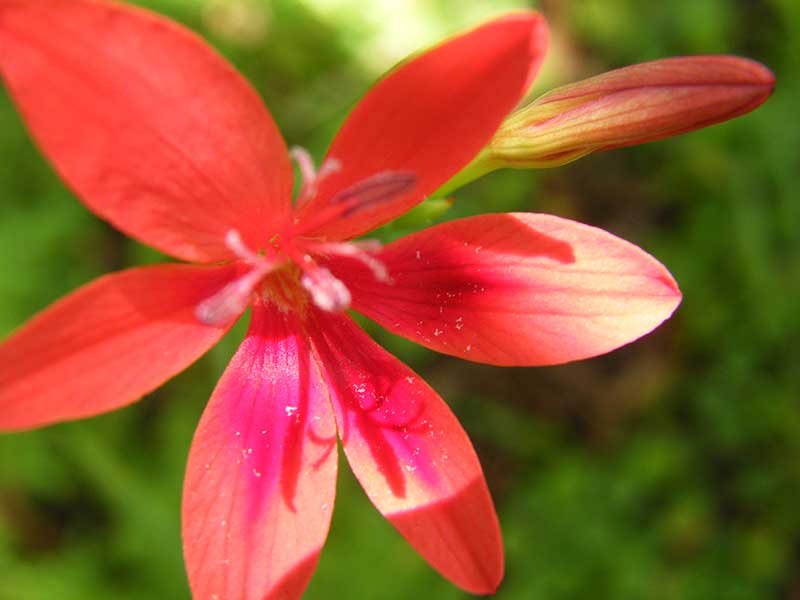
Developing Partnerships
Within the developing Marico Biosphere Reserve, a number of valuable partnerships and networks are developing:
- The MRCA (Marico River Conservation Association) is an implementing agent for the DEFF for the eradication of alien and invasive vegetation specifically along the waterways. The DEFF (formerly DEA) signed off the UNESCO application and lead the South African delegation to Indonesia where the declaration took place.
- The Marico BR is in close relationship with the Provincial Department of Environmental Affairs and it is with the help of this department that the application was prepared. The department is rendering ongoing support and is responsible for the implementation of legislative actions.
- The Marico BR is in a mutually supportive relationship with the municipal authorities in the area.
- Marico BR is underwriting the actions of EWT and WESSA in the different communities and will support collaborative development actions.
- Marico BR supports the work done by the local NGO Mmutlwa wa Noko which is highly involved in the act against mining in the very sensitive karst system, by compiling environmental legislative motivations against the unwanted mining.
- Resilient Waters (formerly Resilim) played a crucial role in the recognition of the Marico BR, first with support for various projects and later as sponsor for the application to UNESCO.
- A Rocha South Africa was previously supporting the MRCA in its effort for the declaration of the Marico Protected Environment.
- The Marico BR receives loyal support from the Agri-
organisations in the area represented by Wilhelm Rochér and Jack Rossouw. Agri Northwest has played an important role in mitigating matters and encouraging landowners to form part of the biosphere reserve. - The Marico BR works in close conjunction with the Ramotshere Moiloa Local Municipality’s Fire Protection Association and the different regional Fire Protection Forums.
Featured Associates
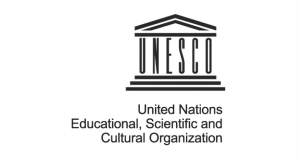
World Network of Biosphere Reserves (WNBR)
The World Network of Biosphere Reserves of the MAB Programme consists of a dynamic and interactive network of sites of excellence.
Read more
Composed of 686 biosphere reserves in 122 countries, including 20 transboundary sites, the WNBR of the MAB Programme promotes North-South and South-South collaboration and represents a unique tool for international co-operation through sharing knowledge, exchanging experiences, building capacity and promoting best practices.
The World Network of Biosphere Reserves of the MAB Programme consists of a dynamic and interactive network of sites of excellence. It fosters the harmonious integration of people and nature for sustainable development through participatory dialogue; knowledge sharing; poverty reduction and human well-being improvements; respect for cultural values and society’s ability to cope with change – thus contributing to the Millenium Development Goals. Accordingly, the WNBR is one of the main international tools to develop and implement sustainable development approaches in a wide array of contexts.
The Mission of the WNBR is to ensure environmental, economic and social (including cultural and spiritual) sustainability through:
- the development and coordination of a worldwide network of places acting as demonstration areas and learning sites with the aim of maintaining and developing ecological and cultural diversity, and securing ecosystem services for human well-being;
- the development and integration of knowledge, including science, to advance our understanding of interactions between people and the rest of nature;
- building global capacity for the management of complex socio-ecological systems, particularly through encouraging greater dialogue at the science-policy interface; environmental education; and multi-media outreach to the wider community.
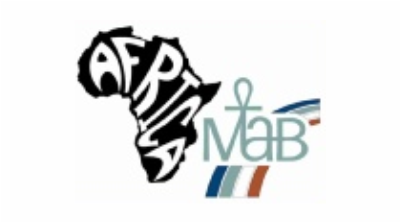
AFRIMAB
AfriMaB aims at promoting regional co-operation in the fields of biodiversity, conservation & sustainable development across Africa
Read more
The AfriMAB network was created by the “Regional Conference for Forging Cooperation on Africa’s Biosphere Reserves for Biodiversity Conservation and Sustainable Development” which took place in Dakar (Senegal) in 1996.
The network aims at promoting regional co-operation in the fields of biodiversity, conservation and sustainable development through transborder projects, which are primarily based in biosphere reserves.
To increase efficiency, four thematic sub-networks were created which correspond to:
- zoning and improving biosphere reserve functioning;
- biosphere reserves and local communities; stakeholders/social actors;
- participation and income-sharing;
- transboundary biosphere reserves;
- logistic support function of biosphere reserves.
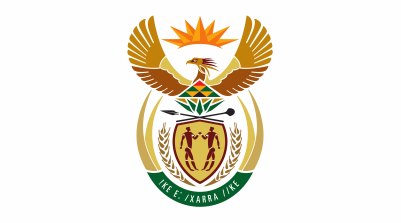
SOUTH AFRICAN BIOSPHERE RESERVES
As of 2019, there are currently 10 official UNESCO registered Biosphere Reserves within South Africa.
Read more
In 2019, there were 10 Biosphere Reserves in 2019 collectively covering 115 732 km, approximately 9.5% of the country’s land area.
All are members of the South African Biosphere Reserve Company that facilitates collaborated fundraising towards fulfilling there Biosphere Reserve functions:
- Contributing considerably towards job creation and bettering livelihoods.
Securing a large percentage of the sources of major rivers, providing water to residents, agriculture and business. - Providing an international destination for tourists.
- Assisting National Government in achieving the 17 Sustainable Development Goals and 20 Aichi Biodiversity Targets.
- Playing a crucial role in securing bio-diversity corridors towards mitigating the effects of climate change.
- Facilitating donor funding of millions of Rands towards Biosphere Reserve projects.
- Supporting networks of stakeholders in collaborating towards achieving an internationally, nationally and locally approved Biosphere Reserve vision for the relevant region.
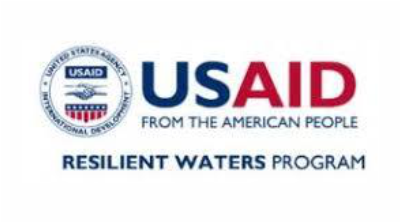
RESILIENT WATERS PROGRAMME
USAID’s Resilient Waters Programme aims to build more environmental resilience and water security in SA communities and ecosystems.
Read more
USAID Resilience in the Limpopo River Basin – RESILIM – supported the MRCA, DEA and North West Provincial Department of Rural, Environmental and Agricultural Development to prepare and submit the biosphere reserve application to UNESCO. They also formed part of the steering committee which was responsible for the biosphere reserve application.
Resilim sponsored 8 youth camps per year during 2015/ 2016. The focus of the camps were life skills training and environmental awareness. A very informative video emphasizes the camps programme and the enjoyment thereof.
They also sponsored a Water Week Campaign whereby the local community of Reboile was involved and encouraged to become part of the conservation effort more specifically of water conservation.
Presently the Resilient Waters program is sponsoring the development of social media aids more specifically the Website with full detail on the Marico BR and a phone Application elaborating on activities and destinations in the Marico BR.
The support from Resilient Waters is very valuable and brings about the link between the Marico BR and the Limpopo Basin of which it forms part.
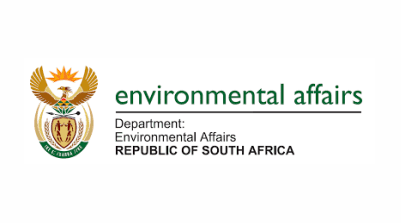
Department of Environment, Forestry and Fisheries
The National Department of Environment, Forestry and Fisheries is the Nodal point for the Man and Biosphere Programme in South Africa.
Read more
Biosphere Reserves represent a new approach to landscape management. They are model areas for sustainable relationships between people and nature.
Each Biosphere Reserve promotes solutions reconciling the conservation of biodiversity with sustainable use towards improved human livelihoods.
Countries make use of Biosphere Reserves to assist in meeting international obligations, such as achieving the Sustainable Development Goals and Aichi Biodiversity Targets.
The National Department of Environmental Affairs is the Nodal point for the Man and Biosphere Programme in South Africa. It also acts as the secretariat for the National Man and Biosphere Committee. As such, the MaB Programme is one of the Departments Programmes.
The South African Strategy for the Biosphere Reserve Programme (2016 – 2020) guides the implementation of the MaB programme.
The national strategy is aligned to the UNESCO Lima Action Plan (2016 – 2025) and is structured according to the following three strategic action areas:
- To enhance the conservation of biodiversity and cultural heritage, maintain ecosystem services and foster the sustainable and equitable use of natural resources.
- To explore, develop, support and study thriving sustainable societies, economies and human settlements respecting the web of life on which they depend.
- To promote the understanding of the impact of environmental changes, including climate change, and develop and support mitigation and adaptation actions.
The Lima Action Plan for UNESCO’s Man and the Biosphere (MaB Programme and its world network of Biosphere Rese3rves (2016 -2025) contains a comprehensive but concise set of actions aimed at ensuring the effective implementation of the MaB strategy (2015 – 2025).
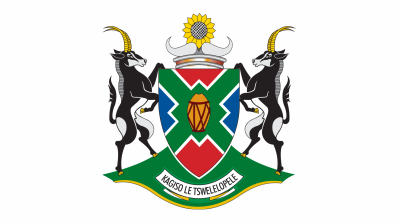
North West Provincial Government
The Marico BR is in close relationship with the Provincial Department of Environmental Affairs.
Read more
The Marico BR is in close relationship with the presently Provincial Department of Economic Development, Environment, Conservation and Tourism and it is with the help of this department that the application was prepared. The department is rendering ongoing support and is responsible for the implementation of legislative actions and implementing of environmental policy.

